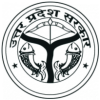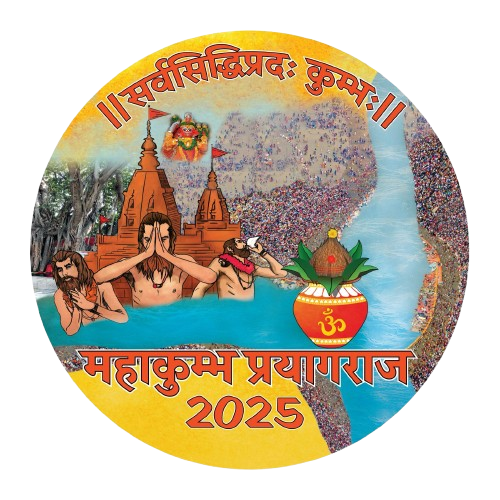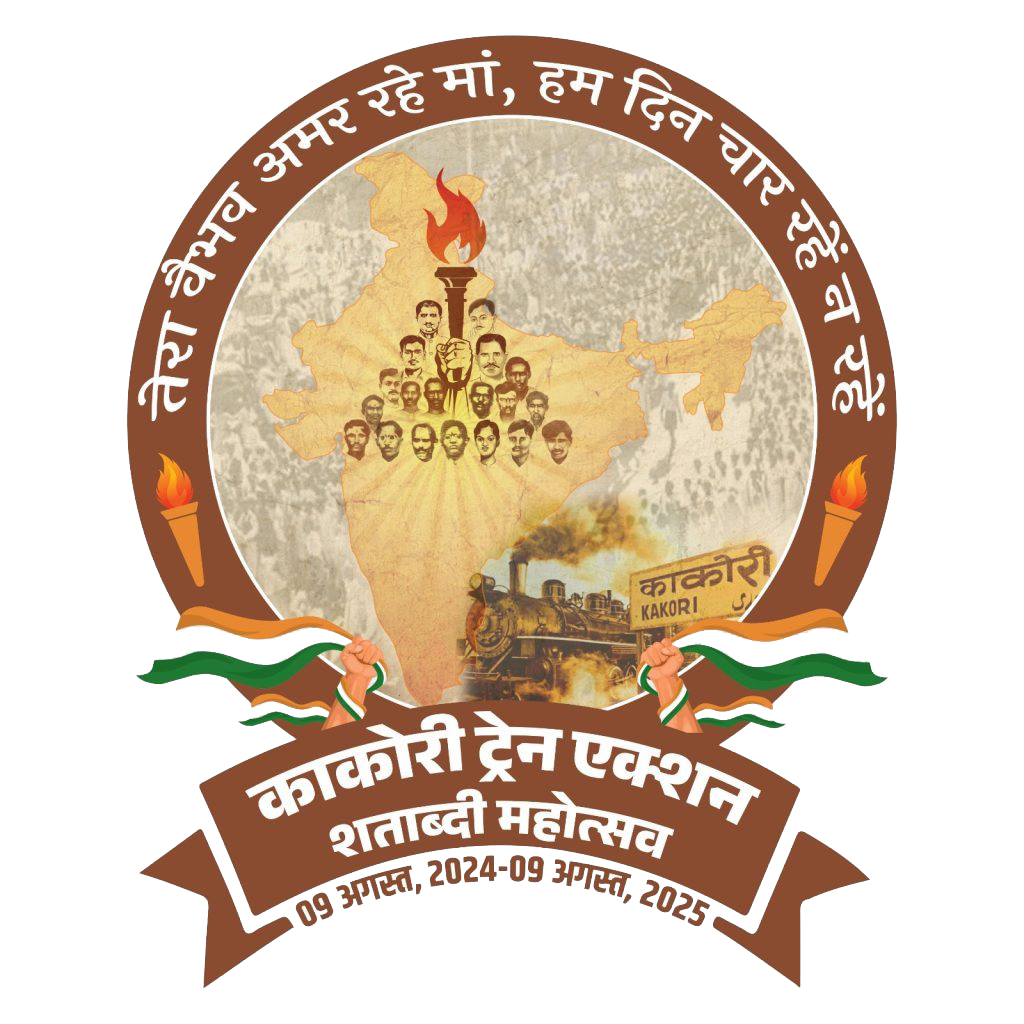Kaushambi District
Kaushambi (nickname – Kosam) shares its boundary with Banda in the south, Pratapgarh in the north, Prayagraj in the east and Fatehpur in the west. At present, it has 3 Tehsils, Sirathu, Manjhanpur and Chail and 8 development blocks with Manjhanpur being the headquarter.
Kaushambi was the capital of the ancient Vatsa (country) and the famous Ashoka pillar (which is in Prayagraj Fort now) was found here during excavation. Satpath Brahmana, Gopath Brahmana, and Taitriya Brahmana (the three famous Indian scriptures) describe this place as Vidyapeeth. The description of Kaushambi is also found in Matsya and Harivamsa Purana and it is said that the famous sage and Sanskrit scholar, Katyayan Rishi was born here. The Satapatha Brahamana mentions a person called Proti Kaushambeya, a native of Kaushambi. The ancient history of the city is also confirmed by the Mahabharata and the Ramayana, the former ascribing its foundation to Kusamba, the third son of the Chedi King Uparica Vasu and the latter to Kusamba, the son of Kusa. It is said that the place was named Kaushambi as the city settlement was done by King Kutumb, who was the 10th generation Chandravanshi king from Pururva.
The city became famous during the time of Nemchandra, who made it the capital after Hastinapur was washed away in the floods of the Ganges. In the Janapadas (states) of ancient India, Gandharva, Kamboja, Himadi, Kaikeya, Sapta, Sindhva, Brahmavaivarta, Kuru, Matsya, Chedi, Avanti, Vatsa, Magadha, Videha, Kaushal and Videha, Kashi, Ayodhya, Prayag, Vatsa, Kanyakubja, Panchala, Hastinapur, Mathura, Shurasen, Indraprastha, Taxila, Gandhara were the kingdoms.
The ancient name of Kaushambi was Vatsa or Vatsa Patan. When Lord Ram crossed the Shrigverpur ghat and proceeded towards Prayag, he reached Vatsa Desh whose capital was Kaushambi. It is also said that while Pandavas spent the 13th year of their exile at this place, Gautam Buddha spent the sixth and ninth years of his ascetic life here. Moreover, in Sanskrit literature, there is a mention of King Udayana by Banabhatta and in Medhadoot and Swapnavasavadatta of Magha by Kalidas.
It is also believed that Rishabhdev, the ancient Tirthankar, had also attained enlightenment in Vatsa Desh. In the Jain tradition, it is believed that Padmaprabha, the sixth Jain Tirthankara was born to King Shridhar and Queen Susimadevi in the Ikshvaku dynasty at Kausambi. Even Magadha Emperor Ashoka made it a sub-capital for his royal care.
Famous Chinese travelers Fa Hien and Hiuen Tsang have described this city in details in their works. This place was the center of urban art and commerce during the Maurya, Shunga, Kushan and Gupta periods and there were a large number of Jain temples here. Thousands of ancient idols and coins found from its ruins are stored in Allahabad Museum. There is also a Dharamsala up to the Digambar Jain temple at Pabhosha, (Prabhagiri) and a Jain temple in Champaha village, around 27 km from Bharwari. There is another Jain temple in Shahzadpur. In fact, in the past it was believed to be a prosperous Jain city and at one point in time there were two hundred Jain temples here including one each in Daranagar and Pali. Kada has also had historical importance as Alauddin Khilji had made it his sub-capital when Delhi was the capital.
At present the total population of district Kaushambi is 1599058 as of 2011 and the total geographical area is 1780 sq. km.



